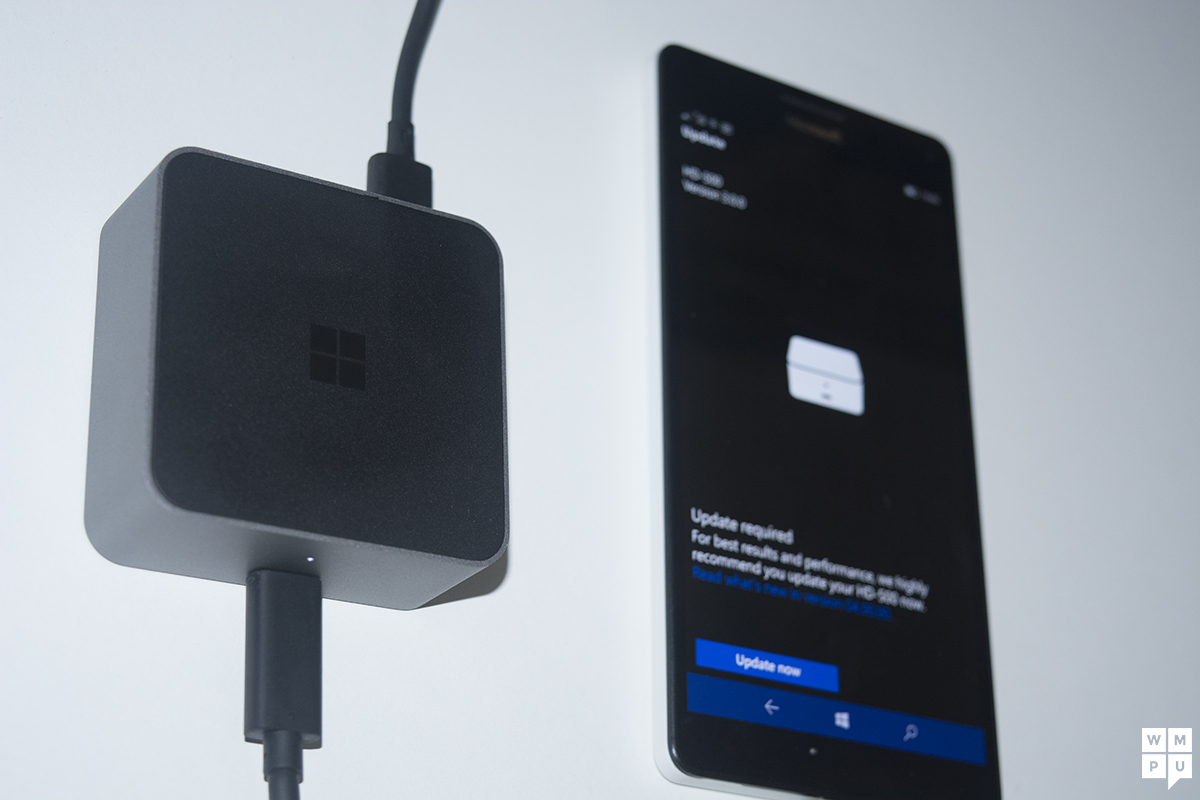
Underneath the uninspiring white polycarbonate shell are features worthy of flagship phone status: fast octa-core Snapdragon 810 processor, liquid cooling (a first for a phone), 3GB of RAM for multitasking, a high resolution 5.7-inch QHD display and iris scanner for security. While Microsoft made claims in the past that Windows Phone delivers fast performance on conservative hardware, the Lumia 950 XL shows the company is ready to take on Android rivals in the specs game. So how does Continuum work and can your Lumia 950 XL replace your desktop? Design A new Windows 10 Mobile feature called Continuum allows the Windows experience to scale up, giving you a full desktop Start menu so that you can use your phone, like a PC, on the big screen. Once a display is connected to the Lumia 950 XL, the phone doesn’t just mirror its display onto the larger screen.

By bringing Windows 10-and all of its buzz and brand recognition-to mobile, the 950 XL, along with its smaller sibling the Lumia 950, showcases not only Microsoft’s vision for mobile, but also how a phone can radically transform into a PC with the right accessories. After all, if it could get Windows, the dominant desktop operating system by a significant margin, onto smartphones, this would give Microsoft ammunition in its mobile fight against Apple’s iOS and Google’s Android.Īnd this is precisely the strategy Microsoft is using with the launch of the Lumia 950 XL. Not much larger than a pack of gum, the Compute Stick is an HDMI dongle that is portable for travel, can transform any display into a desktop PC and can run any Windows apps-just bring your own keyboard and mouse.īut can your phone replace your PC? With Ericsson reporting more than 2.6 billion smartphones in use globally today, Microsoft would like to think so. Not to be outdone, Intel, makers of the processor that powers Microsoft’s Surface Pro tablets, answered the very form factor debate with a radical take on mobile computing: the Intel Compute Stick. Microsoft followed with the launch of the Surface in 2012, a tablet that its makers claim can replace both your laptop and, with the right docking station, your desktop at home.

Steve Jobs heralded the next era of personal computing with the launch of the iPad in 2010 in what he called the post-PC revolution. Just what form factor should a personal computer take? In the last five years, we’ve seen the PC industry ask itself that very question, and we’ve also witnessed some novel designs as a result.


 0 kommentar(er)
0 kommentar(er)
